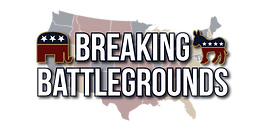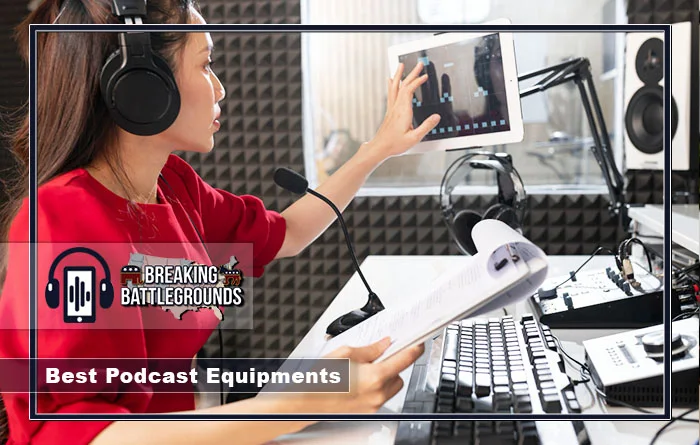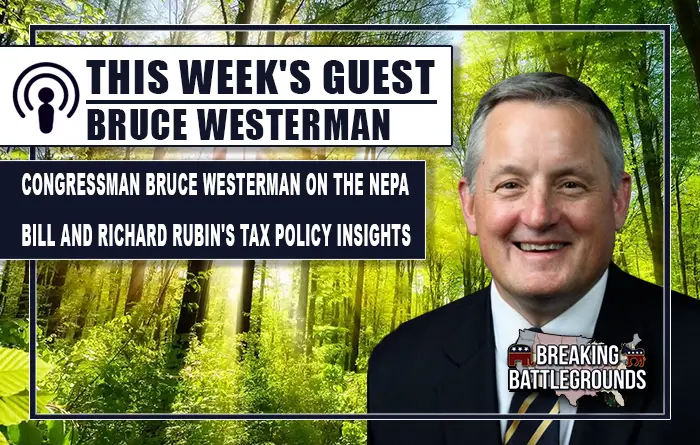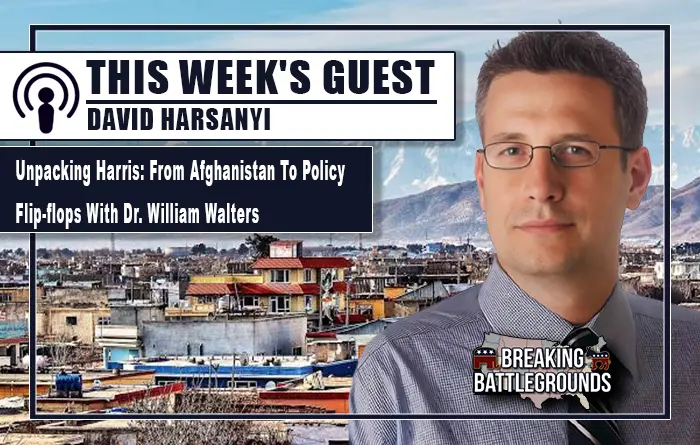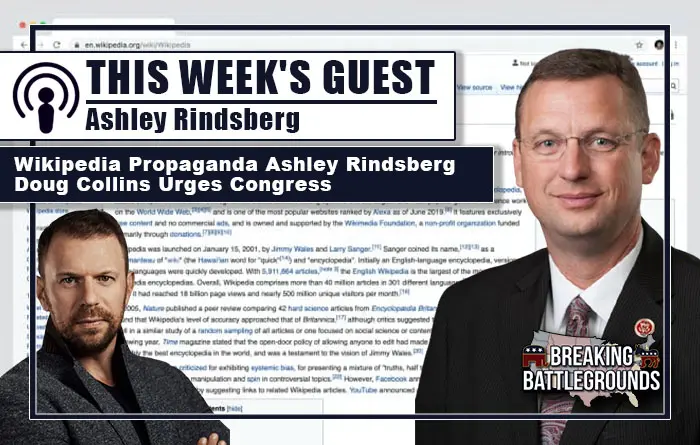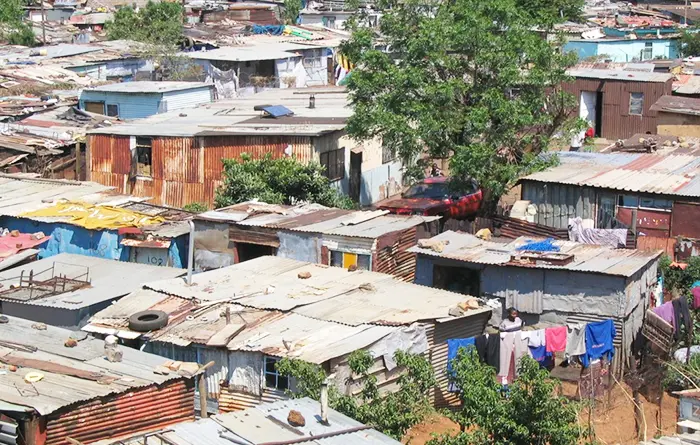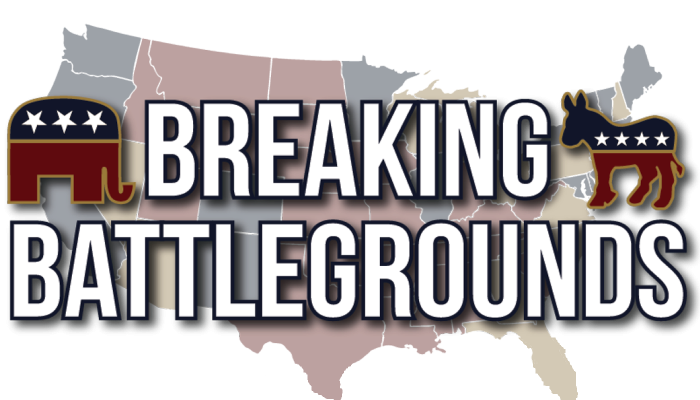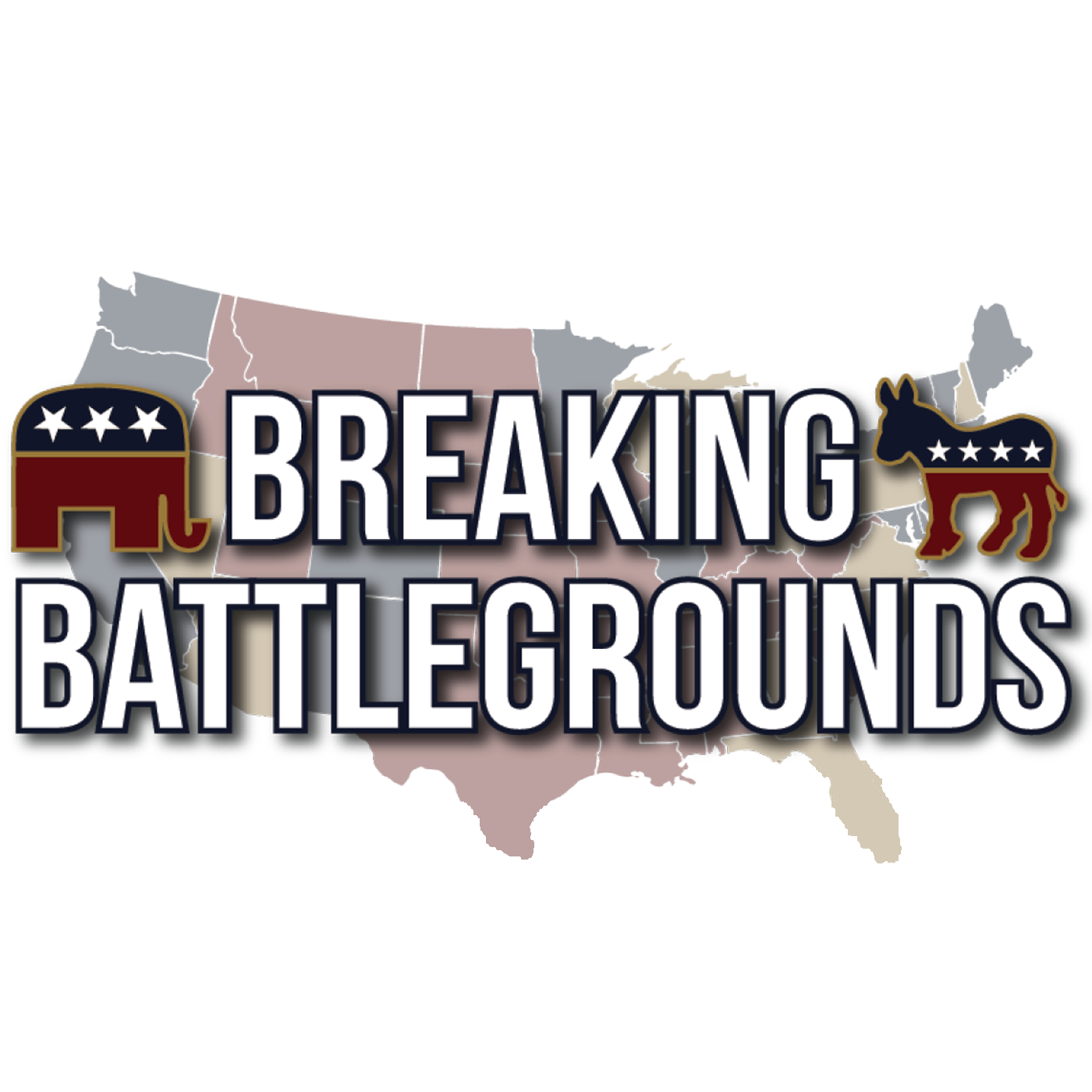Whenever someone thinks about starting their podcast the first thing that comes to their mind is a well-maintained podcast studio setup. They imagine a place with podcast equipment like a lot of switches, massive soundboards, and microphones on adjustable arms and want the best ambiance for their podcasts.
A proper podcast setup is way more important than people know because it sets the tone of your show. If podcasters use low-quality equipment it can affect their views. Because everyone wants to hear the talks of their favorite podcasters in a clear voice. if you are not doing it then they will eventually lose interest in your podcast.
So if you are starting your podcast and looking for the best podcast equipment? Then you must know that you are at the right place. This article is all about the equipment that you need to start your podcasts.
Why is it Important to Choose the Best Podcast Equipment?
Choosing the best podcast equipment for beginners is important to make sure you have the highest audio quality and overall production. Using equipment like quality microphones, headphones, and recording software to enhance sound clarity, for your podcast starter kit can make content more engaging for listeners.
If you do not choose any reliable podcast equipment then you may face technical glitches and audio issues that will impact the professionalism of your podcast. Additionally, investing in top-notch gear reflects your dedication to your aim and potentially attracting a larger audience and attracting advertisers.
A piece of high-quality podcast equipment can empower creators to deliver a polished and enjoyable listening experience, setting the stage for success in the highly competitive world of podcasting.
Essential Podcast Equipment that Podcasters Need
Here is the essential list of podcast equipment kits that you need for the studio to set up for two or more guests:
The Microphone
Using a Microphone is one of the most effective ways to improve your audio. A good microphone will help to reduce background noise and your listeners will be able to understand you better.
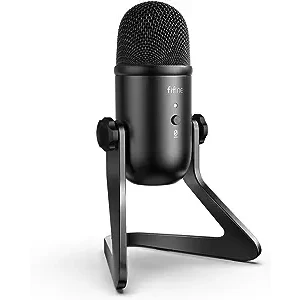
USB Microphone
A USB microphone is one of the most important parts of your podcast equipment because it captures your voice and then translates it into a digital format. A normal mic on your computer or PC Can record unwanted echoes and sounds.
So, it is better to have an external USB microphone that is lightweight, provides clear and high-quality audio, and is very budget-friendly. These USB microphones are very easy to set up. All you need to do is simply plug a USB cable into your phone or computer and it will start working.

Things You Need to Consider
- Choose a cardioid pattern for solo podcasting or consider omnidirectional for multiple hosts.
- Assess the size of your recording room. If your space is a small room like a bedroom or closet then cardioid patterns will be fine. However, for large podcast studios, an omnidirectional pattern may be more suitable.
- Ensure the mic is compatible with your operating system and recording software.
XLR Microphone
Unlike USB microphones, XLR microphones require an external power source like an audio interface. This means you can have more control over your recording and add multiple microphones without the need for USB ports on your computer.
XLR microphones can provide more flexibility, adaptability, and customization. Using XLR microphone means that you need to have a more advanced setup, but it can provide you a more balanced audio, a built-in pop filter, and noise-reducing technology. Moreover, you can find the XLR microphone in the price range of $100 to $300.

Things You Need to Consider
- Choose a mic condenser for quiet studios and a shotgun for video podcasts.
- Select the right pattern (e.g., cardioid) for your recording environment.
- Make sure it comes with or is compatible with a shock mount to reduce vibrations.
- Balance your budget with the desired audio quality.
Headphones
Headphones are essential equipment for podcasters. It allows you to monitor and adjust the sound quality as you record. This clarifies the reason podcasters as well as musicians frequently use headphones while recording.
Listening to your own voice can feel strange for a while, but it is the ideal approach to check for overlap noise and irregular mic sound levels. So, monitor your audio quality, and avoid having to retake the recording.
Even though some podcasters are proficient at using earbuds, you will require headphones with closed backs for a genuinely professional podcast studio. This stops the sound within your earpieces from escaping and getting to your microphone.
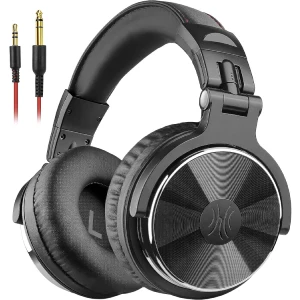
Things You Need to Consider
- Wireless vs. Wired: Wired headphones are a better option for podcasting because they provide reliability, no battery concerns, and avoid audio delays.
- Open Back vs. Closed Back: Closed-back headphones are a preferred option for podcasting because they minimize audio bleed, ensuring better audio quality.
- In-Ear vs. On-Ear vs. Over-Ear: This is a matter of preference but over-ear headphones are usually the most comfortable for extended listening during podcasting sessions.
Cables
Although the list of equipment does not include cables, they are essential for podcasts because they connect microphones to recording devices, ensuring your voice gets recordedImagine recording a whole episode only to discover that a torn wire led your audio to be distorted or filled with gaps.
The equipment you are connecting will determine the kinds of cables you need. You will not require any if you’re relying on your smartphone’s built-in microphone to record directly. However, connections are required to connect any wired external speakers or microphone you may have. Usually, these cables fall into the price range of $4 to $50.
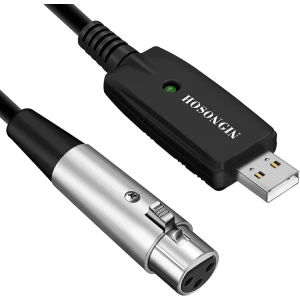
Things You Need to Consider
- Choose Gold or Silver Connectors for long-term performance and to Prevent them from Oxidation.
- Pick the Most suitable cable length to minimize electromagnetic interference.
- Opt for a flexible and sturdy rubber jacket to prevent tears and breakage.
Podcast Recorder and Editing Software
The right recording and editing tools for podcasts should be at the very top priority of your list of priorities. If you want to record a podcast, the right application can transform your program from average to outstanding. All you need is to choose the best podcast recording and editing tools.
Digital Recorders
If you want to podcast on a trip but need sound quality that is better than anything a smartphone can provide, an exclusive digital recorder is a great choice. Also, because it is what digital recorders are designed for, they provide many additional options and settings to produce audio.
Since most of them include built-in microphones, you will not necessarily need an external mic for recording into one. Built-in SD card slots and multiple inputs are additional benefits. Whenever you need to quickly transfer a few audio recordings to your computer’s hard drive but don’t want to move or plug in all of your equipment, SD cards can come in useful.

Computer Recording
Your computer is the first and most evident component of podcasting gear you’re going to need. All the magic, from voice mixing and editing to file transfer and publication, happens on the computer. In general, recording a podcast requires less time and effort than creating professional music.
Audacity (Free)
It is an open-source audio editing software. It is commonly used for podcast production.
Audacity cleans up audio recordings, adds music or sound effects, and adjusts volume levels. It’s an excellent choice for beginners since it’s free.
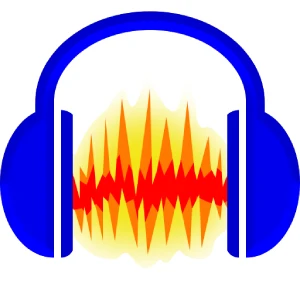
GarageBand (Free)
This free software offers simple editing and is excellent for beginners. You can change the arrangement of the different audio clips as you like.
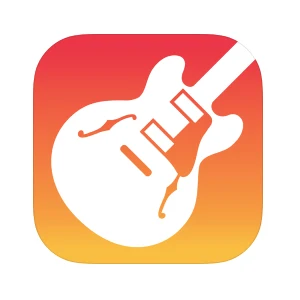
Reaper ( Paid)
Multi-Track Audio Recording: Reaper allows you to record and edit multiple audio tracks, making it ideal for music production, and podcasting. Price Range: 60 t0 225.
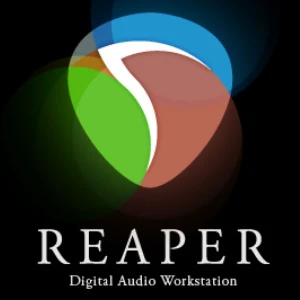
Hindenburg journalist
This software is specifically designed for podcasts. It’s easy to use. Pricing for Hindenburg Pro starts at $8.25 per month.

Podcastle ( Free)
Podcastle is a popular editing platform for podcasters to share their views with their listeners. You can use it for free, you have access to most of the features.
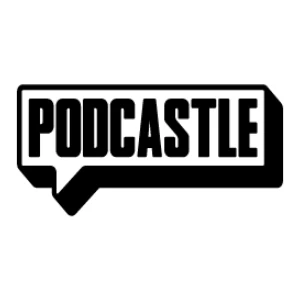
Things You Need to Consider
- Choose software for remote recording with local recording capabilities to simplify setup and ensure studio-quality results, free from internet disruptions.
- Ensure your software supports high-quality resolution; aim for at least 1080p video and 44.1kHz audio, but consider 4K video and 48kHz audio for optimal quality.
- Look for software with robust editing and recording features. Consider additional features like transcripts and screen sharing to meet your specific needs.
- Leverage AI features available in podcast software to streamline your workflow and enhance the quality of your podcast production.
A Camera for Shooting (if recording video)
The podcast you create will be of higher quality using a good podcast camera. A podcast’s video component keeps listeners interested and enables you to provide a variety of engaging content. Whenever it involves video cameras, there are many choices available; the more you spend, the higher the quality of the video.
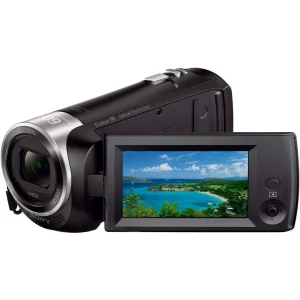
Things You Need to Consider
- The resolution of each camera is different so look for a camera with at least 1080p Full HD resolution, preferably 4K.
- For indoor podcasting setups, it’s important to find the best camera for podcasting that has excellent low-light abilities to keep up video quality regardless of less-than-ideal lighting situations.
- To record high-quality audio independently for a podcast, see if the camera supports microphones that are external or have audio input choices.
- To make sure your camera is simple to set up and place in your podcasting location, take into account its shape, weight, and compatibility with tripods or mounts.
Other Optional Podcast Equipment
Here are some more podcast equipments that are not necessary but have great importance:
Mixer
Podcast Mixer is not an essential equipment needed for podcast but it can be useful equipment if you are hosting multiple guests. Also, it can help in recording multiple types of audio.
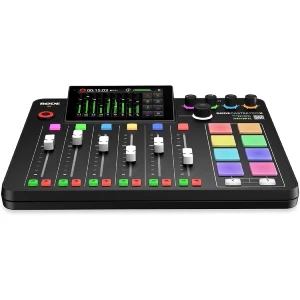
Things You Need to Consider
- The first thing that you need to look at is the number of channels it accepts.
- Then consider Priyam because it amplifies your audio signals so your recording device or computer can read them easily.
- For the compatibility mixer ensure that it can be compatible with equipment.
A Pop Filter
A Pop filter is an optional piece of equipment for your podcast setup. These pop filters are very pocket-friendly and using them can have an impact on your sound and it can make it a lot smoother. It works as a barrier or filter between you and the microphone to reduce the intensity of plosive sounds.

Things You Need to Consider
- Before buying a Pop filter you need to consider its material whether it is made of metal mesh or nylon.
- Check the size and shape of your filter and ensure it is big and round so you can have a good range.
- Make sure you have the right mount clipping it to your mic stand.
Lighting
If you are recording a video podcast with your video recording equipment then you will need suitable lighting to ensure that your listeners can see you clearly. Lightning is not essential but when you are shooting in a dark environment then a proper lighting kit can make a huge difference for your podcast.
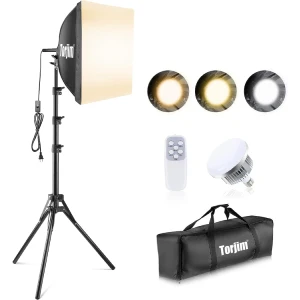
Things You Need to Consider
- Look for the factor of color temperature, it can be cool or warm so choose it according to your preference.
- Choose between the soft vs hard lighting. Hard light can create sharp shadows and soft light can give you a smooth edge so we suggest a soft light for your podcast setup.
Microphone Arm or Stand
While hosting a podcast no one wants to hold the mic for the entire session of recording. So it may be an optional gear but has significant importance. Also, when you are moving around it can prevent the volume level and extra sound.
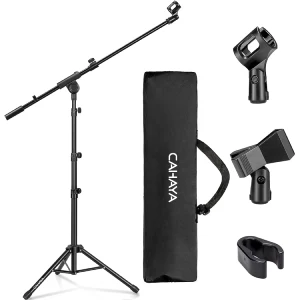
A Shock Amount
The microphone is attached to a mic arm by the shock mount. It keeps the microphone stable during recording and minimizes external noise. So, before buying make sure to check the compatibility of the shock mount with the microphone you are using. However, if you are looking for more flexible options then choose a universal mount.
FAQS
Q1: What Microphonе Should I Use for Podcasting?
A: A good starting microphonе for podcasting is a USB condenser microphone lіkе thе Audio-Tеchnica ATR2100x-USB. XLR microphonеs offеr highеr quality but rеquirе additional еquipmеnt.
Q2: Do I Nееd a Pop Filtеr for My Microphonе?
A: Yеs, a pop filtеr hеlps rеducе plosivе sounds (likе “p” and “b” sounds) and improvеs audio quality by minimizing unwantеd noisе.
Q3: Should I Use Audio Intеrfacе or USB Mixеr for Rеcording?
A: An audio intеrfacе is gеnеrally simplеr and morе cost-еffеctivе for podcasting, whilе a USB mixеr offеrs morе control but may bе hard for bеginnеrs.
Q4: What Rеcording Softwarе is Bеst for Podcasting?
Popular podcasting software includes Audacity (frее), Adobе Audition, and GaragеBand (for Mac users). Choosе onе that suits your nееds and budgеt.
Conclusion
The right selection of your podcast equipment is one of the most important things for launching your own podcast. So, you can start with budget-friendly but good-quality recording software headphones and microphones. Also with time when your audience grows, you can upgrade and enhance your gear like portable mic and visuals.
